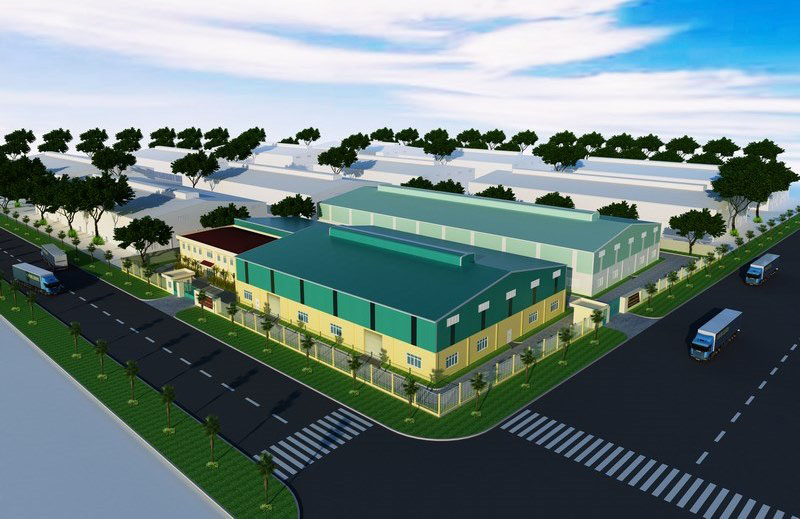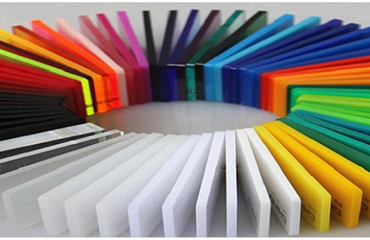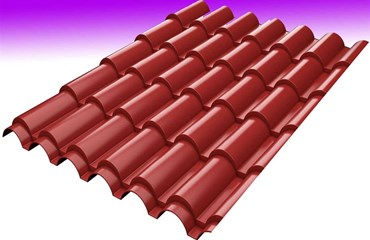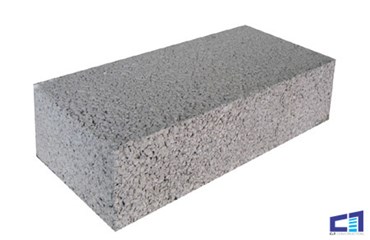EPOXY FOUNDATION PAINT, HARDENER 226
Epoxy paint is the name of a product line for industrial use. Epoxy paint has 2 components: Component A (base paint) and component B (curing agent). After bonding together in a certain ratio (according to the manufacturer's instructions), we get a paint product with better properties than conventional paint lines such as: High hardness, anti-wear. good, high corrosion resistance, acid resistance. Because of these advantages, epoxy paints are used in many different industries such as marine, automotive, construction. In industrial construction, epoxy paint is widely applied in pre-engineered steel structure paint, factory wall and especially factory floor:
"Finished factory floor with what material?" is a question of interest to investors. Choose which materials to promote efficiency in use, affordable? Here we would like to introduce some finishing materials of the factory floor:
1. EPOXY AND HARDENER FOUNDATION PAINT
Epoxy paint is the name of a product line for industrial use. Epoxy paint has 2 components: Component A (base paint) and component B (curing agent). After bonding together in a certain ratio (according to the manufacturer's instructions), we get a paint product with better properties than conventional paint lines such as: High hardness, anti-wear. good, high corrosion resistance, acid resistance. Because of these advantages, epoxy paints are used in many different industries such as marine, automotive, construction. In industrial construction, epoxy paint is widely applied in pre-engineered steel structure paint, factory wall and especially factory floor:
Epoxy paint has the following lines:
1.1 Solvent-based Epoxy Coating System (often called oil-based epoxy)
Oil-solvent (oil-based) epoxy paint is an early product when it is painted with epoxy. Oil-based epoxy paints have the following advantages and disadvantages:
Advantages:
Hard surface
Good impact resistance
Resistant to mild acid corrosion ...
Defect:
Do not apply in environments with moist surfaces or high air humidity.
The application and usage environments become toxic due to oil content
In areas with high temperature changes, it is easy to cause cracking or breaking of the paint film surface
1.2 Water-based Epoxy coating system.
Water-based epoxy paint was developed, born after oil-based paint. Water-based epoxy paints have all the features of oil-based epoxy paint, and at the same time overcome the disadvantages of oil-based Epoxy paint.
Outstanding improvements in water-based Epoxy paints:
Completely chemical reaction occurs during mixing and evaporation. Therefore, water-based Epoxy paints are less problematic than oil-based and have a longer service life.
The paint quality is designed to be suitable for areas with large temperature changes.
Good curing ability in humid environments. Water-based epoxy paint can be applied in many other conditions such as road tunnel walls, concrete structural items of hydroelectric projects.
High safety in construction and friendly with the environment in use.
Water-based epoxy paint uses water-based solvents, which are non-toxic and environmentally friendly. This is the advantage that allows water-based Epoxy paints to gradually replace completely oil-based paints. Water-based epoxy paint becomes the main floor coating material in areas with high hygienic requirements such as food factories, seafood processing, pharmaceuticals, hospitals, swimming pools ...
1.3 Epoxy system without solvents.
Solvent-free epoxy paint, also known as self-leveling epoxy coating. This epoxy coating does not contain volatile solvents, works on the principle of self-balance, so it is easy to conceal defects on the floor.
When painted, the self-leveling epoxy coating has an average thickness of about 3 mm while that of the water-based and oil-based solvent epoxy has an average thickness of 0.1 mm. Self-leveling Epoxy paint has features relatively superior to the other two lines, the self-flat epoxy paint line in addition to features such as acid corrosion resistance, antibacterial, waterproof, oil repellent ... This paint has a thick coating, has strong bonding, epoxy coating surface is self-leveling very well, can allow forklift under 16 tons to move on the surface.
2. Hardener
In the simplest sense, HARDENER is a powdered substance that is sprinkled on the concrete floor of the factory in the process of finishing the concrete, making the concrete foundation glossier and increasing hardness, impact resistance, and good wear resistance. More charging, making the concrete foundation easier to clean
Hardener powder properties
Form / Color: Powder / green
Volume volume: ~ 1.4 kg / liter
Application temperature: 6 - 40oC
Abrasion: <80mg / cm2
The strength of bending at 28 days: ≥ 4 N / mm2
Compressive strength at 28 days old: ≥ 40 N / mm2
Material rating: From 3.5 to 8kg depending on the need to increase stiffness!
Advantages of the background when rubbing Hardener
Good wear resistance
Good impact resistance
Do not create dust, easy to clean the floor
Resistant to high humidity environments
Applying the green hardener
Apply gray hardener
3. Liquid hardener - liquid hardener
Liquid hardener is a special additive liquid for coating the concrete surface to increase hardness, increase impact resistance, anti-slip, anti-wear ...
Liquid hardener properties:
Increases the abrasion resistance of concrete surfaces because the nature of Liquid Hardener is a solid crystal, created from the capillaries of the concrete surface.
Work to promote permeability of concrete surfaces 6-7 mm thick
Prevent adverse weather effects on the concrete surface
Prevent mold from growing as well as bacteria that cause corrosion
Prevent the concrete from turning yellow over time
Advantages and disadvantages of Liquid Hardener?
Advantages:
Very easy to apply
Workable with old concrete (hardener cannot do it)
Cost savings go significantly
Shorten the construction time greatly, thereby ensuring high progress of completing works
Eliminate wheel traces

 Tiếng Việt
Tiếng Việt
 中文
中文






